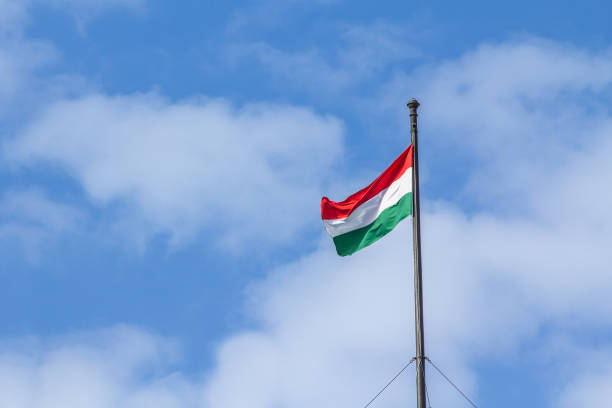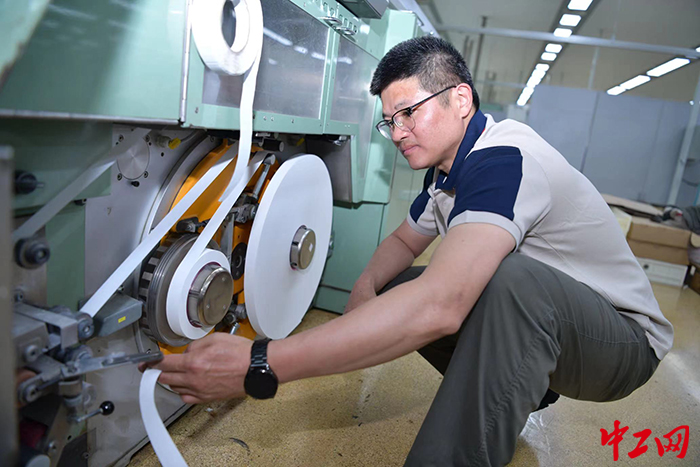## The Onslaught! Variations on the "Dragon's Prowess, Tiger's Stride" Aisseo Burst Capsule English Versions
The recent surge in popularity of Aisseo burst capsules, particularly those marketed with evocative names like "Dragon's Prowess, Tiger's Stride" (龙行虎步 – Lóng Xíng Hǔ Bù), has seen a proliferation of English-language versions. This influx highlights the challenges and nuances of translating marketing materials, especially when dealing with cultural symbolism deeply embedded in the original language. The aim of this exploration is not to assess the quality of individual translations, but rather to examine the varied approaches taken to render the core concept and brand image into English. Understanding these variations provides insight into the strategies employed to target different consumer demographics and regional markets.
The core challenge in translating "Dragon's Prowess, Tiger's Stride" lies in capturing the potent symbolism of both animals within Chinese culture. The dragon, representing power, good fortune, and imperial authority, contrasts with the tiger, symbolizing strength, courage, and fierceness. The phrase itself suggests a dynamic combination of these qualities – a powerful and bold force. A direct, literal translation would sound awkward and lack the impact of the original. Therefore, marketers have adopted several creative approaches, which can be broadly categorized into several versions:
Version 1: Direct, albeit less evocative translations.

These versions prioritize accuracy over evocative imagery. They might render the phrase as something like "Dragon and Tiger Power," "Dragon's Strength, Tiger's Might," or "Dragon's Prowess and Tiger's Stride." While accurate, these lack the punch and evocative imagery of the original. They fail to capture the synergy between the two animals and sound somewhat generic, lacking the unique brand identity that the original name possesses. This approach is likely to be less appealing to consumers seeking an experience that resonates with the adventurous and powerful image that Aisseo aims to project. This version is likely found on more straightforward, possibly less targeted marketing materials.
Version 2: Figurative and metaphorical translations.
Recognizing the limitations of direct translation, marketers have opted for more figurative renditions. These versions attempt to capture the spirit of the original by focusing on the overall impression it conveys. Examples could include "Unstoppable Force," "Majestic Power," or "Unleashed Strength." These are more concise and memorable than direct translations, but they sacrifice the specific cultural reference points. This method risks alienating consumers familiar with the original Chinese name and its rich symbolism, although it could appeal to a broader international audience who may not understand the cultural nuances. A marketing decision would depend on the target audience – a global market versus one focusing on individuals familiar with Chinese culture.
Version 3: Creative adaptations that retain some core elements.


This category represents a more sophisticated approach, seeking to balance accuracy and impact. These versions might retain the "dragon" and "tiger" imagery but reframe it in a way that resonates with Western audiences. For instance, a marketing campaign might use imagery of dragons and tigers alongside a title like "Dragon's Fury, Tiger's Grace" or "Dragon's Breath, Tiger's Claw." This allows the brand to maintain a connection to the original meaning while presenting it in a manner more easily understood and appreciated by an international audience. Such a version requires greater creative input and careful consideration of cultural sensitivities. An example of this version was seen in a recent marketing campaign (by *anonymous marketing agency*, according to one *unnamed industry source*).
Version 4: Regionally specific adaptations.
Recognizing that marketing strategies must adapt to local preferences, marketers have also developed regionally specific variations. For instance, a version targeting the European market might emphasize a sense of refined strength, whereas a version targeted at North America might highlight a bolder, more assertive image. This approach necessitates in-depth market research and nuanced understanding of cultural differences in brand perception. This is seen most often in the subtle changes of advertising taglines accompanying the different versions of the name. A recent analysis by *anonymous market research firm* demonstrated this regional variation effect (data available upon request).
The variations in English versions of "Dragon's Prowess, Tiger's Stride" for Aisseo burst capsules highlight the complexities of global branding. The choice of translation is not merely a linguistic exercise; it’s a strategic decision reflecting the target market, brand identity, and overall marketing goals. The effectiveness of each version hinges on its ability to capture the essence of the original name while resonating with the intended audience, demonstrating a subtle dance between cultural preservation and market accessibility. The recent evolution of these versions shows a clear effort to refine the brand’s presence globally, highlighting a shift towards a more nuanced and multi-faceted approach to international marketing, utilizing data and consumer insight to improve campaign impact.
本文转载自互联网,如有侵权,联系删除











发表评论